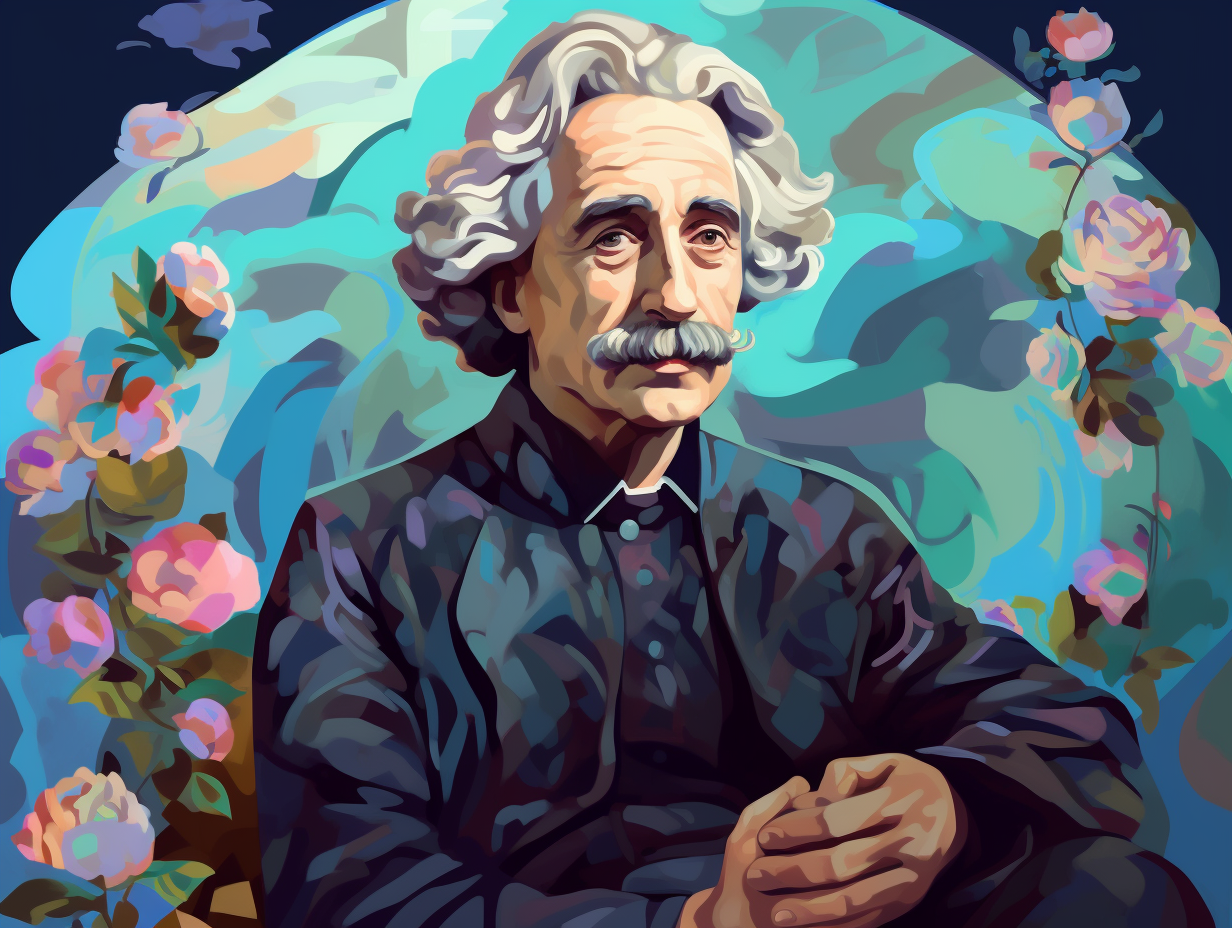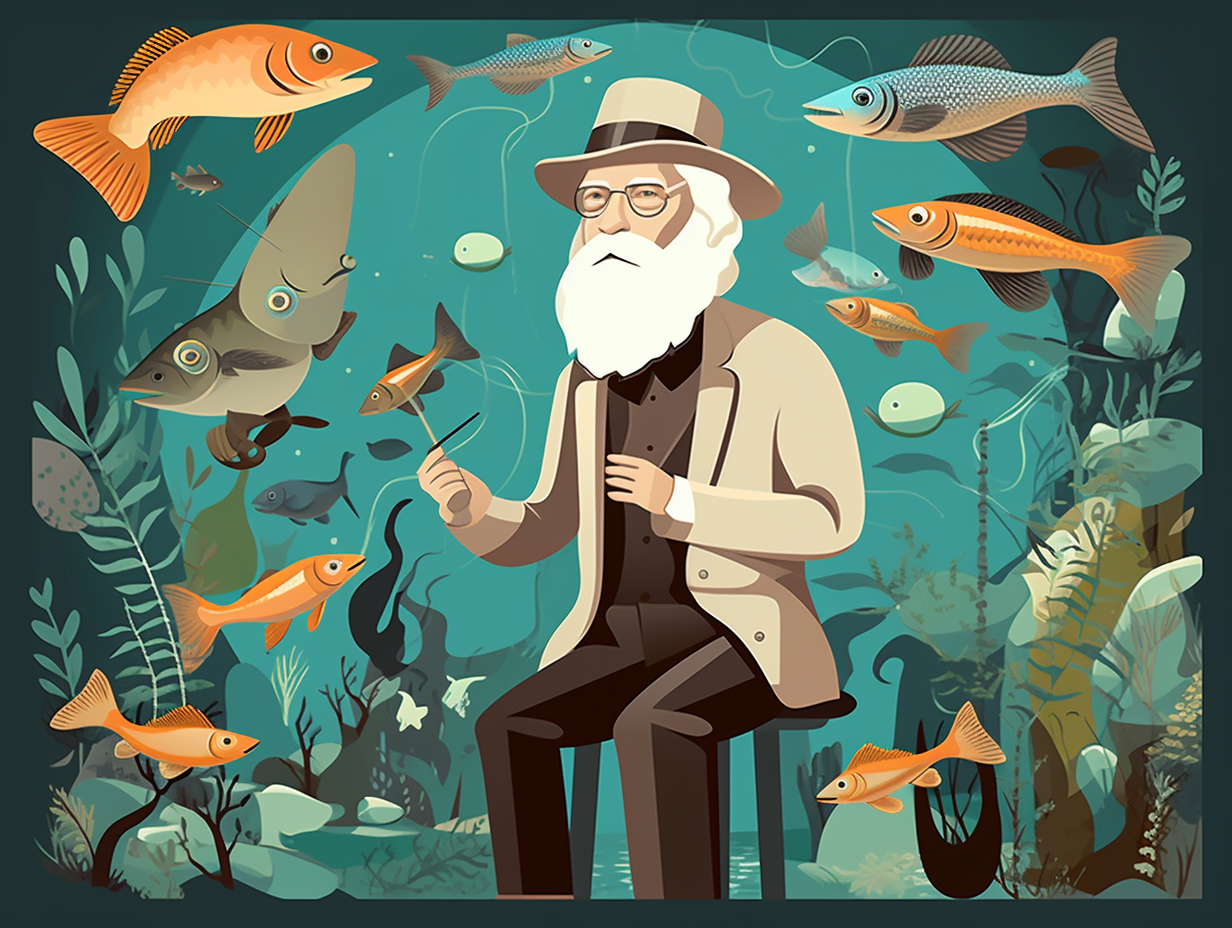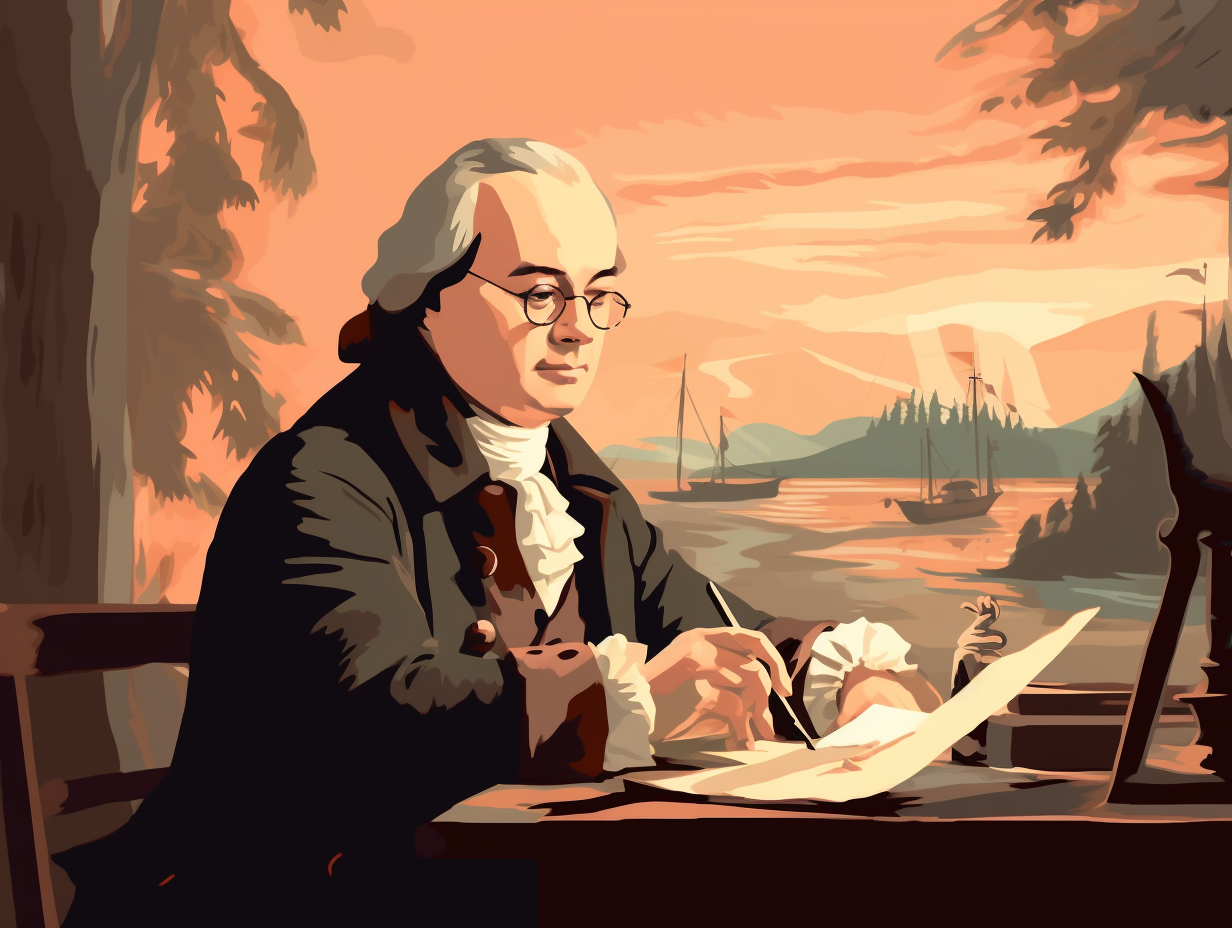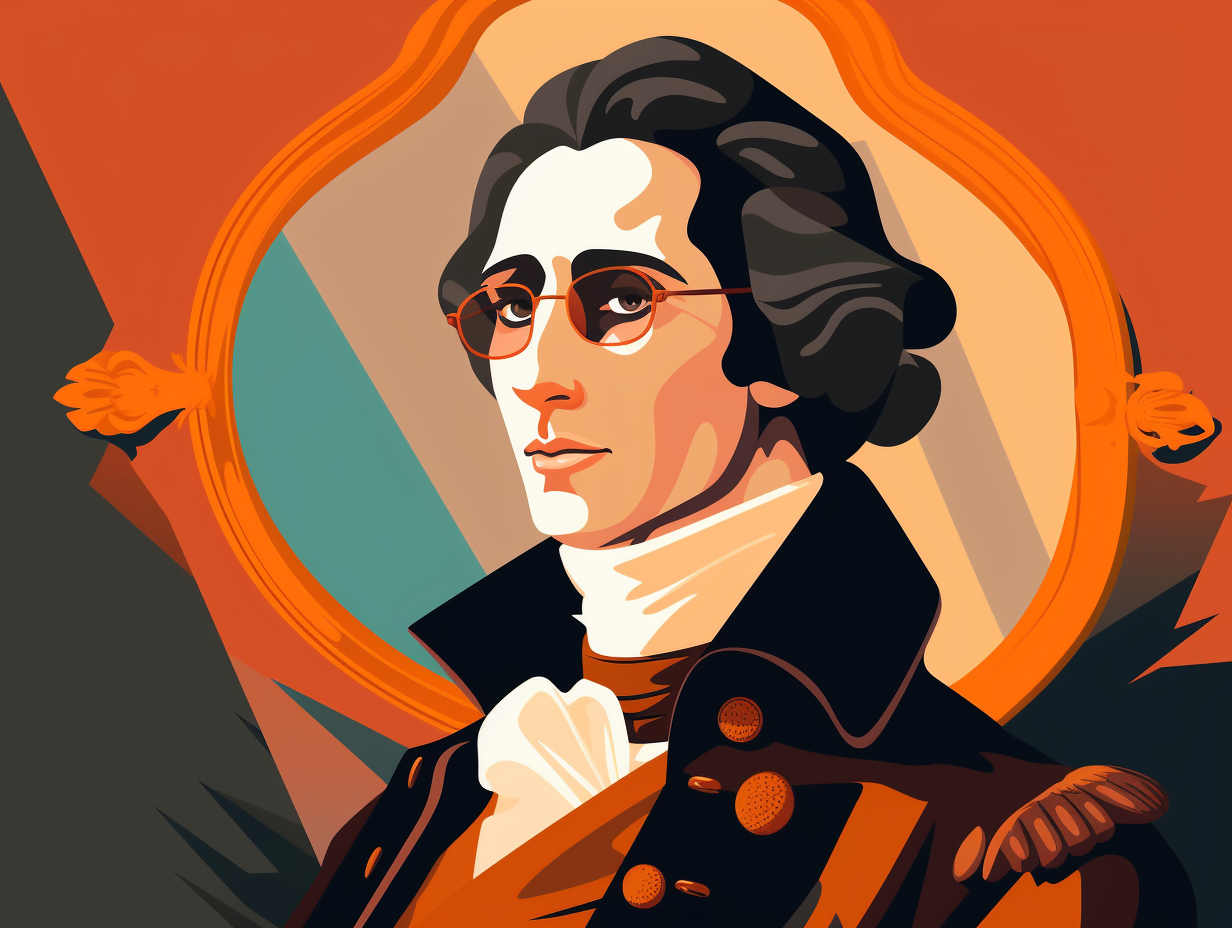Discover the Top 14 Unbelievable Fun Facts About Andreas Vesalius: The Father of Modern Anatomy
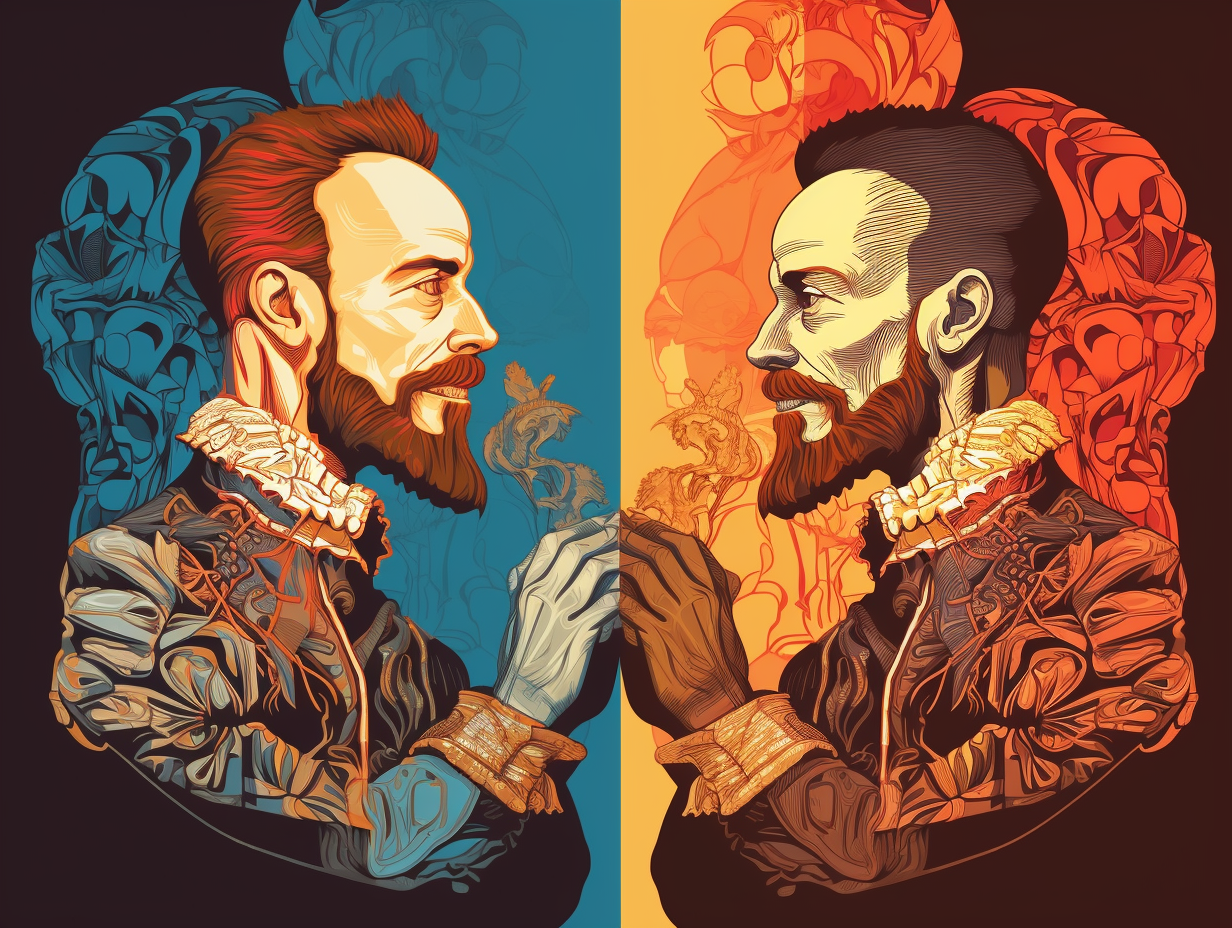
1. The Original Body Art
Step aside, Leonardo da Vinci! There was another Renaissance man who gave "body art" a whole new meaning, and he didn't hold back on the gore: Andreas Vesalius collaborated with artist Jan van Calcar to create the Tabulae anatomicae sex, six anatomical plates based on Vesalius' own dissections, including one detailing the liver and vena cava from an autopsy he performed himself.
Source => ncbi.nlm.nih.gov
2. Public Dissections and Medical Must-Haves
Before Grey's Anatomy, there was Grey's Anatomist: Andreas Vesalius, the Renaissance man with a penchant for slicing up dead bodies, in front of an eager audience, no less! The serious reveal: Our pal Andreas revolutionized anatomical studies by popularizing public dissections and creating intricately detailed illustrations of the human body that were the hot medical must-haves of his time.
Source => daily.jstor.org

Did you know Galileo debunked a major Aristotle belief using the Leaning Tower of Pisa & two spheres? Discover the gravity-defying truth! 🌍⚖️
=> Fun Facts about Galileo
3. Dethroning Galen's Monopoly
Ladies and gents, hold onto your spleens! Because we'll be embarking on a journey filled with 16th-century plot twists and the unraveling of Galen's grip on the world of anatomy: Andreas Vesalius, the renegade of Renaissance, single-handedly dethroned Galen's monopoly on anatomical knowledge with his groundbreaking work, De humani corporis fabrica. Not only did Vesalius expose Galen's blunders, but he also kickstarted a seismic shift in scientific research — transforming the world of anatomy forever!
Source => britannica.com
4. The Real-Life McDreamy
Step aside, Grey's Anatomy, there's a real-life McDreamy in town: Andreas Vesalius, who snagged the prestigious title of Chair of Anatomy and Surgery at the University of Padua at the ripe old age of 29! This prodigious professor pioneered hands-on medical education, swapping stuffy textbooks for public dissections, leaving his students with a truly un-"dissect"-able knowledge of the human body.
Source => metmuseum.org
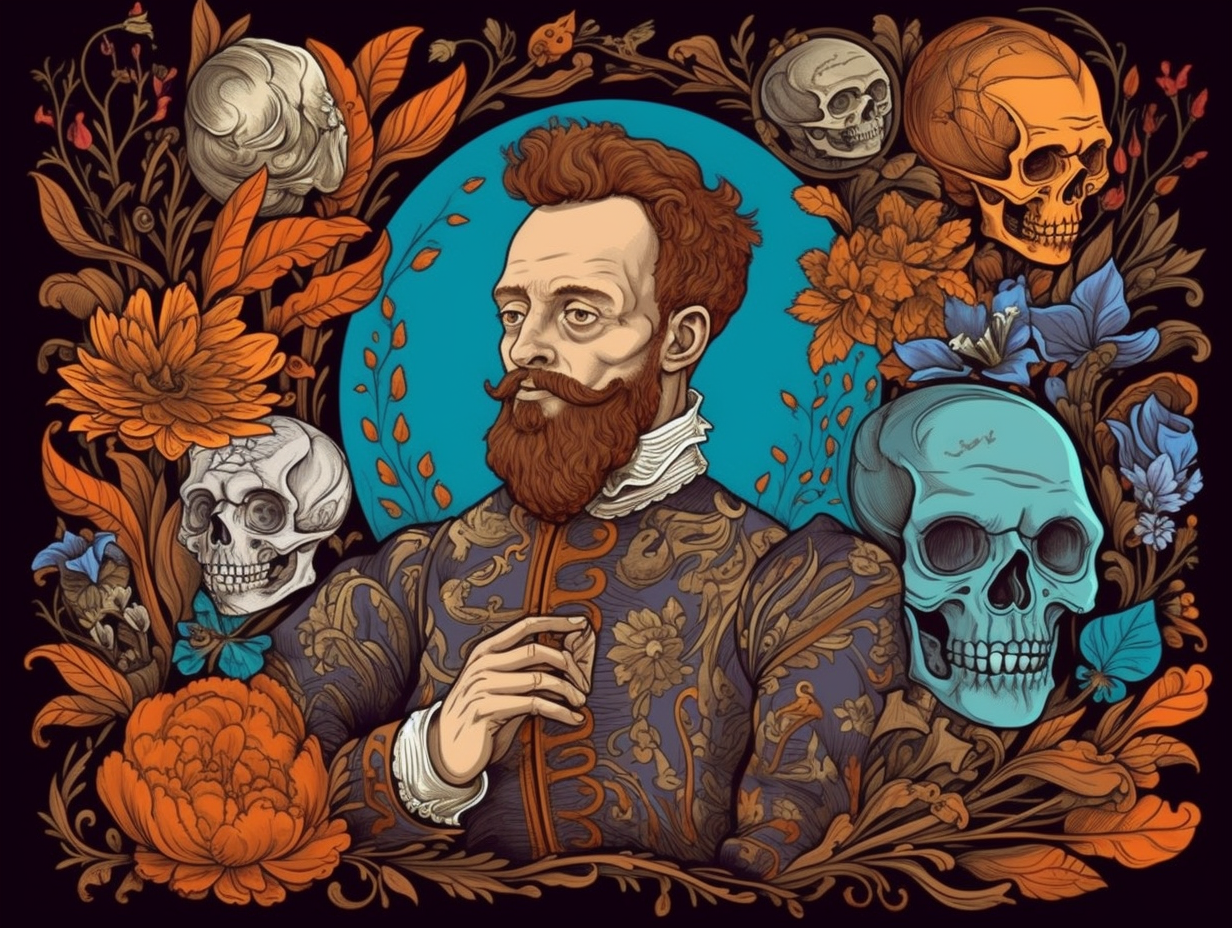
5. CSI: Renaissance – The Body Snatcher
Legend has it that in between dissecting the dance floor with his killer moves, young Andreas Vesalius enjoyed another type of cutting session – one deserving of an episode in "CSI: Renaissance": He would moonlight as a proud body snatcher, desecrating graves and swiping cadavers from gibbets, all to fuel his insatiable hunger for anatomical knowledge.
Source => joh.cam.ac.uk
6. Professor of Body Parts
Talk about a body of work: Andreas Vesalius, the original "Professor of Body Parts," took anatomy class to a whole new level by teaming up with artist Jan van Calcar to create the "Tabulae anatomicae sex" – six stunning anatomical plates that were so jaw-droppingly accurate they left his predecessors in the dust.
Source => ncbi.nlm.nih.gov
7. Finders Keepers of Anatomical Illustrations
In a classic case of "finders, keepers, losers, weepers," Andreas Vesalius attempted to play a game of medical-illustration-privilege whack-a-mole with intellectual-property pilferers of his time: Alas! Despite securing exclusive privileges from the Holy Roman Emperor, King of France, and Venetian Senate, plagiarisms of Vesalius' groundbreaking woodcuts managed to sneak past security in regions where he lacked said privileges, illustrating the profound influence his work had on the medical world.
Source => becker.wustl.edu
8. Draw My Life: Human Body Edition
When Andreas Vesalius played "Draw My Life" with the human body: This trailblazing scientist crafted vivid anatomical illustrations in collaboration with a talented artist, revolutionizing medical education and becoming the OG of the physician-artist bromance in his magnum opus, "De humani corporis fabrica."
Source => educationalresearchtechniques.com
9. Dr. McDreamy Out, Anatomist Hottie In
Move aside, Dr. McDreamy, there's a new medical hottie in town: Andreas Vesalius, the 16th-century stud who shook things up by challenging the outdated teachings of Galen and revolutionized the understanding of cardiovascular anatomy, becoming the trailblazer of modern medicine in the process.
Source => ncbi.nlm.nih.gov
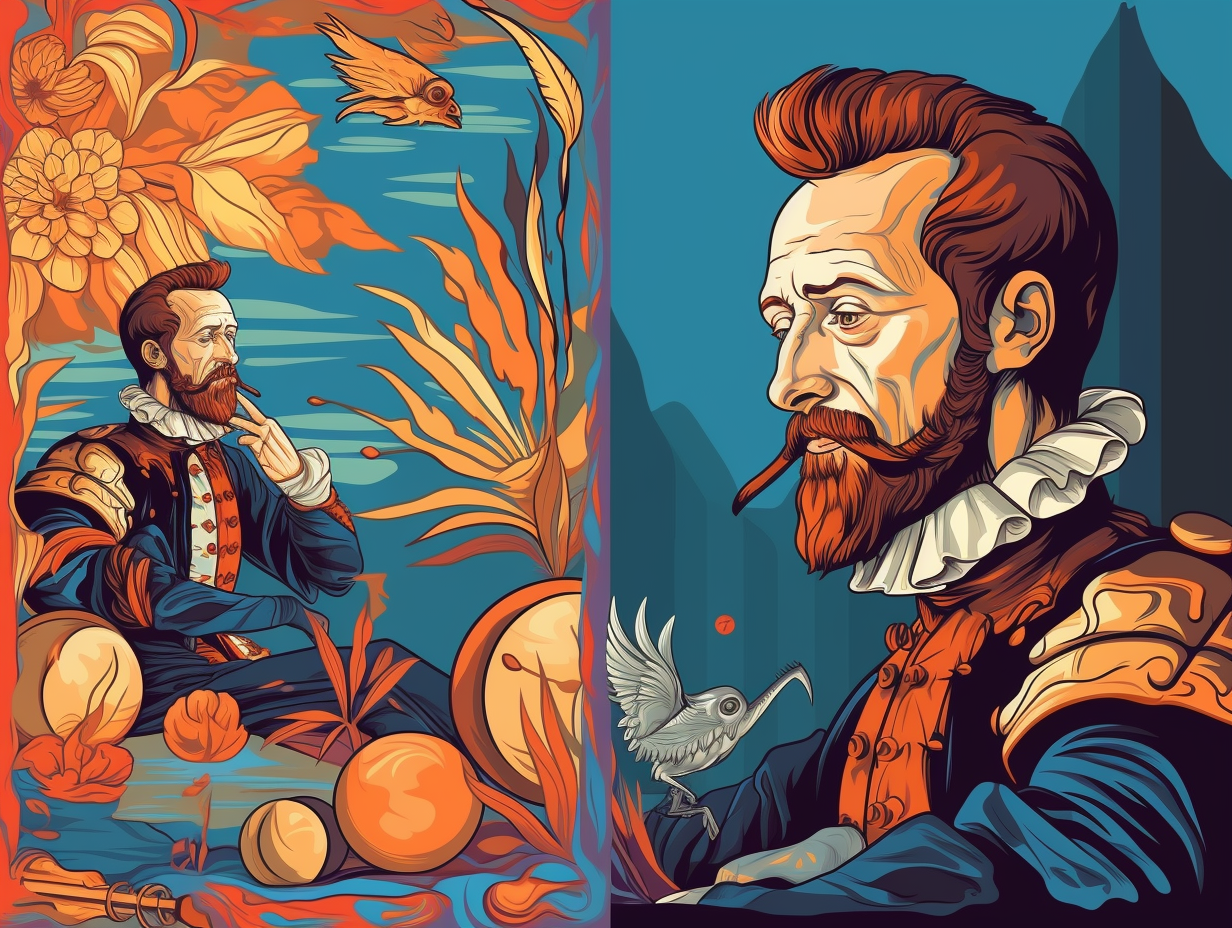
10. Artistic Flair Meets Human Dissection
Move over, Galen – there's a new anatomist in town, and he's ready to dissect the Renaissance with his artistic flair: Andreas Vesalius revolutionized the study of human anatomy by ditching ancient teachings and diving hands-first into dissections, culminating in his own Magnum Opus, "De Humani Corporis Fabrica," filled with stunningly intricate illustrations of the body's inner workings.
Source => en.wikipedia.org
11. Moonlit Dissections and Bone-Hunting Adventures
While some people enjoy quiet walks at moonlight, Andreas Vesalius had a bone to pick with the night, literally: This 16th-century anatomist risked encounters with the Church and even hungry, bone-seeking dogs as he dissected human bodies under the gentle glow of the moon, contributing to the advancement of our understanding of human anatomy and changing the roles of barbers and surgeons in the process.
Source => readersdigest.co.uk
12. The Anatomical Navigation Master
Who needs a GPS when you're navigating the human body? Andreas Vesalius certainly didn't: This 16th-century medical trailblazer defied convention by conducting autopsies, mapping out the ins and outs of our organs, and even becoming the personal physician to Holy Roman Emperor Charles V and his son Philip II, securing himself a royal pension along the way.
Source => whyy.org
13. Hold My Quill, I've Got Some Dissecting to Do!
In a time when Galen's "anatomical gossip" was all the rage, Andreas Vesalius strutted in and said, "Hold my quill, I've got some dissecting to do!": Vesalius revolutionized the field of anatomy by spotting and correcting Galen's errors, performing his own hands-on dissections, and laying the groundwork for advancements such as cardiology and cardiovascular surgery.
Source => ncbi.nlm.nih.gov
14. Picking a Bone with Traditionalists
You could say Andreas Vesalius had a bone to pick with traditionalist professors and students of his time: As an innovative anatomist at the University of Padua, Vesalius faced persistent opposition but still managed to revolutionize the study of anatomy with his groundbreaking work, including the publication of "De humani corporis fabrica."
Source => ncbi.nlm.nih.gov
Related Fun Facts





